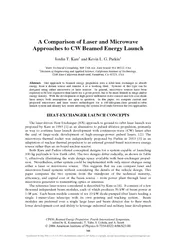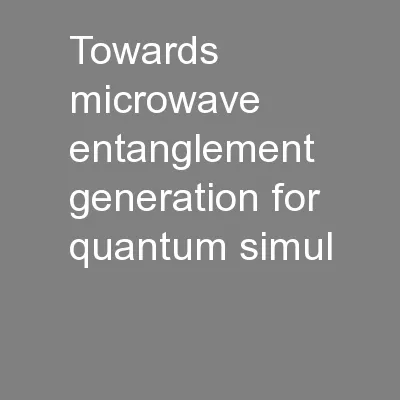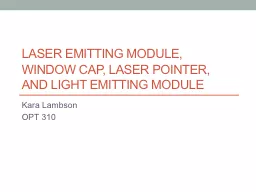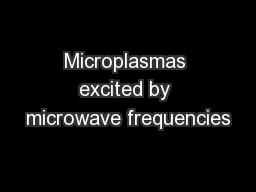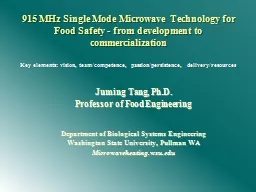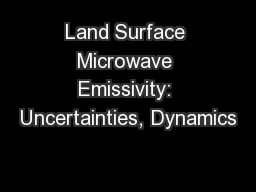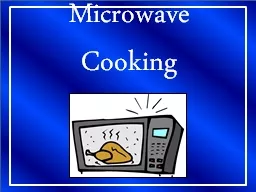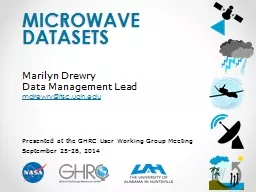PDF-A Comparison of Laser and Microwave Approaches to CW B
Author : marina-yarberry | Published Date : 2015-05-04
Kare and Kevin L G Parkin Kare Technical Consulting 908 15th Ave East Seattle WA 98112 USA Division of Engineer ing and Applied Science Californ ia Institute of
Presentation Embed Code
Download Presentation
Download Presentation The PPT/PDF document "A Comparison of Laser and Microwave Appr..." is the property of its rightful owner. Permission is granted to download and print the materials on this website for personal, non-commercial use only, and to display it on your personal computer provided you do not modify the materials and that you retain all copyright notices contained in the materials. By downloading content from our website, you accept the terms of this agreement.
A Comparison of Laser and Microwave Approaches to CW B: Transcript
Download Rules Of Document
"A Comparison of Laser and Microwave Approaches to CW B"The content belongs to its owner. You may download and print it for personal use, without modification, and keep all copyright notices. By downloading, you agree to these terms.
Related Documents

